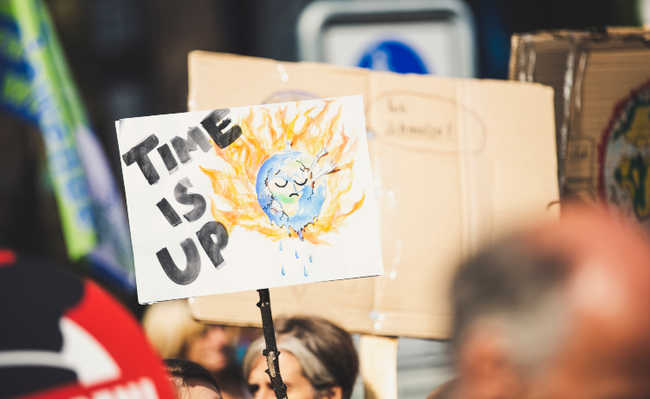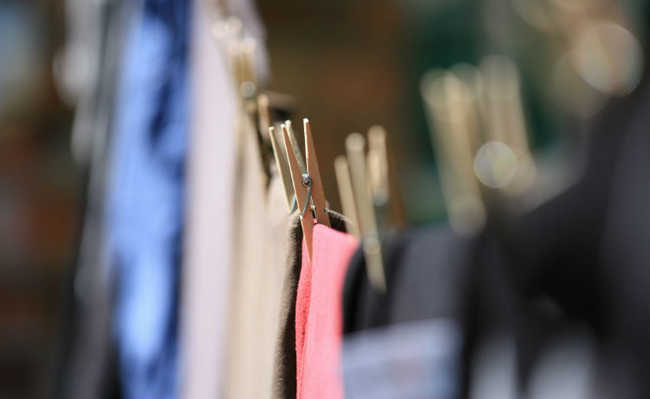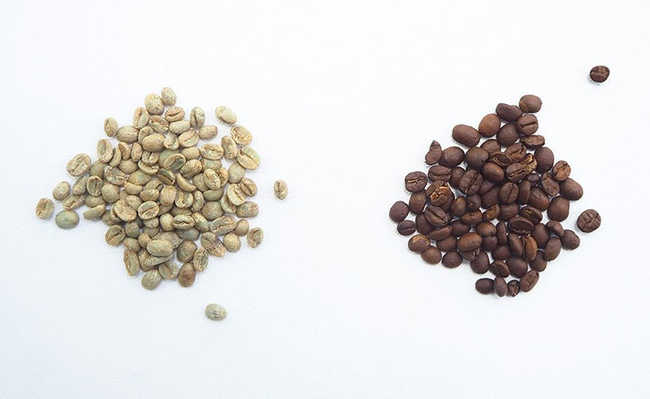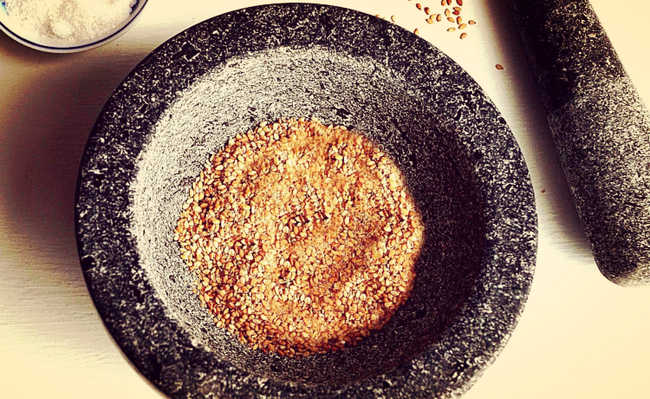Why do we wrap presents?
The wrapping paper proposes a striptease that hides and reveals in order to transform banal objects into gifts

Unsplash image from freestocks.org
Once the New Year and New Year's Eve season is over, chances are you've exchanged gifts. Regardless of your faith or religion, it's likely that all these gifts had one thing in common: they were wrapped in a layer of decorated paper.
The practice of cutting, folding and pasting paper is ancient and transcends cultural barriers and religious doctrines. Wrapping presents goes back to a deeper experience: the way humans learned to frame objects to show they are special.
The gift wrappings you've probably made over the past few weeks are linked to the way a gilt frame turns a painting into art or the way a jewelry box makes a saint's nail a sacred treasure. Wrapping an ordinary object is what turns it into something extraordinary.
The wrapping paper industry today is huge: in recent years, producers in the field have declared annual revenues of between 3.2 and 9.36 billion dollars. In the US, it is estimated that people throw away during the holiday season around four million tons of wrapping paper and shopping bags - equivalent weight to about 11 buildings in the Empire State (NY).
Wrapping paper in general is very light and has a lot of ink, which makes it difficult to recycle efficiently. Also, if you include film or plastic, many recyclers won't accept it. That's why some gift givers are giving up the instant garbage that wrapping paper represents and opting for more sustainable alternatives to wrapping their gifts, such as reusing food boxes or old fabrics. Despite the strong environmental arguments against wrapping paper, it's hard for most people to imagine a gift without its colored paper cover.
The importance the West attaches to gift-wrapping had its origins in Europe and the United States during the Victorian Era, when it became fashionable to wrap gifts with beautiful fabrics and bows. Then, in 1917, during the holiday season, a store in Kansas City, Missouri (USA), after the fabrics ran out, started selling printed paper made from the interior of decorated envelopes. They quickly sold out and the store became Hallmark, giving rise to the modern wrapping paper industry.
In 1979, sociologist Theodore Caplow arrived in Muncie, Indiana (USA), to study American gift-giving rituals. After interviewing more than 100 adults about their experiences with Christmas, he identified a series of rules. Among them: Christmas gifts need to be wrapped before being delivered. Caplow noticed that his interviewees wrapped virtually all gifts in paper, except for very large or difficult ones, such as a bicycle. They concluded that wrapping allowed people to see the gifts under the tree "as a shining monument to the family's abundance and their mutual affection." It also served to give the recipient a happy sense of surprise.
Anthropologist James Carrier, in 1990, added another vital dimension to the study of gift wrapping when he realized the parallel between the emergence of this current practice and the industrial and massive production of objects. Carrier's argument is that gift wrapping transforms impersonal objects into something personal, ritually converting a simple commodity into a personalized gift. So, these days, when wrapped, an iPhone is no longer an object that anyone can buy and becomes "the iPhone I bought for you", for example. Carrier pointed out that that's why handmade gifts, like a jar of homemade jam, don't need a complete wrapping. A simple loop around it is enough.

Image under CC0 in Pxhero
These studies say a lot about the custom of wrapping gifts in contemporary Western society. But the practice of wrapping, in a broader sense, has a much deeper history and one that suggests a more fundamental reason why people wrap, frame, and box private objects.
The paper was already used as a wrapping even before it was used for writing. In ancient China, about 2,000 years ago, paper was used to protect precious materials, stocks of tea leaves and medicines. Later, the imperial court used paper envelopes to present government officials with money. About a thousand years ago, wrapping became a fundamental principle of giving gifts in Japanese culture. In other words, people were wrapping presents long before the Industrial Revolution began.
The purpose of wrapping can be understood within a broader human practice of using one object as a frame to highlight the importance of another. Art historian Cynthia Hahn recently named this phenomenon "the shrine effect." In his most recent book, Hahn studied the practices of Catholic churches, Islamic mosques, and Buddhist monasteries to understand how items like a finger bone, a piece of wood, or even a speck of dust are turned into sacred objects. She concluded that most religious relics have no intrinsic value but are "socially produced" as objects of power. This is thanks to the reliquary, the receptacle made to contain the relic. "The shrine makes the relic," writes Hahn.
Reliquaries in general are beautiful, but they have a more basic function: to make it clear that what they contain (the relic) is valuable. Despite this, they need to almost disappear into the background, just like the frame of a frame. The frame helps to delimit an image as "art", but it is almost never meant to be part of it.
The container sets the stage for a kind of striptease that both hides (you don't know exactly what's behind it) and reveals (you have an idea of what it contains). And, as in the erotic act, Hahn observes that "the shrine finds its purpose in attracting attention and capturing desire."
Many took advantage of this performative power of packaging. Museum curators use glass domes to demarcate objects as historic or beautiful. Funeral agencies place the ashes of cremated people in decorated urns to turn human dust into ancestors to remember. Designers use new, elegant, white and stunning clasp-like cases to make mass-produced objects look as special as a diamond ring.
That's how paper wrapping works: they frame objects like a gift. That's what turns a gifted book into a real gift. An unwrapped book could well be on a bookstore shelf or on a nightstand. In the end, even homemade jam needs a bow to show that it's a gift.
So, the next time you open a gift, consider everything that your gift wrapping represents. Take a moment to reflect on this human tradition and consider whether the gift you're holding wouldn't look like a gift if it wasn't wrapped.










